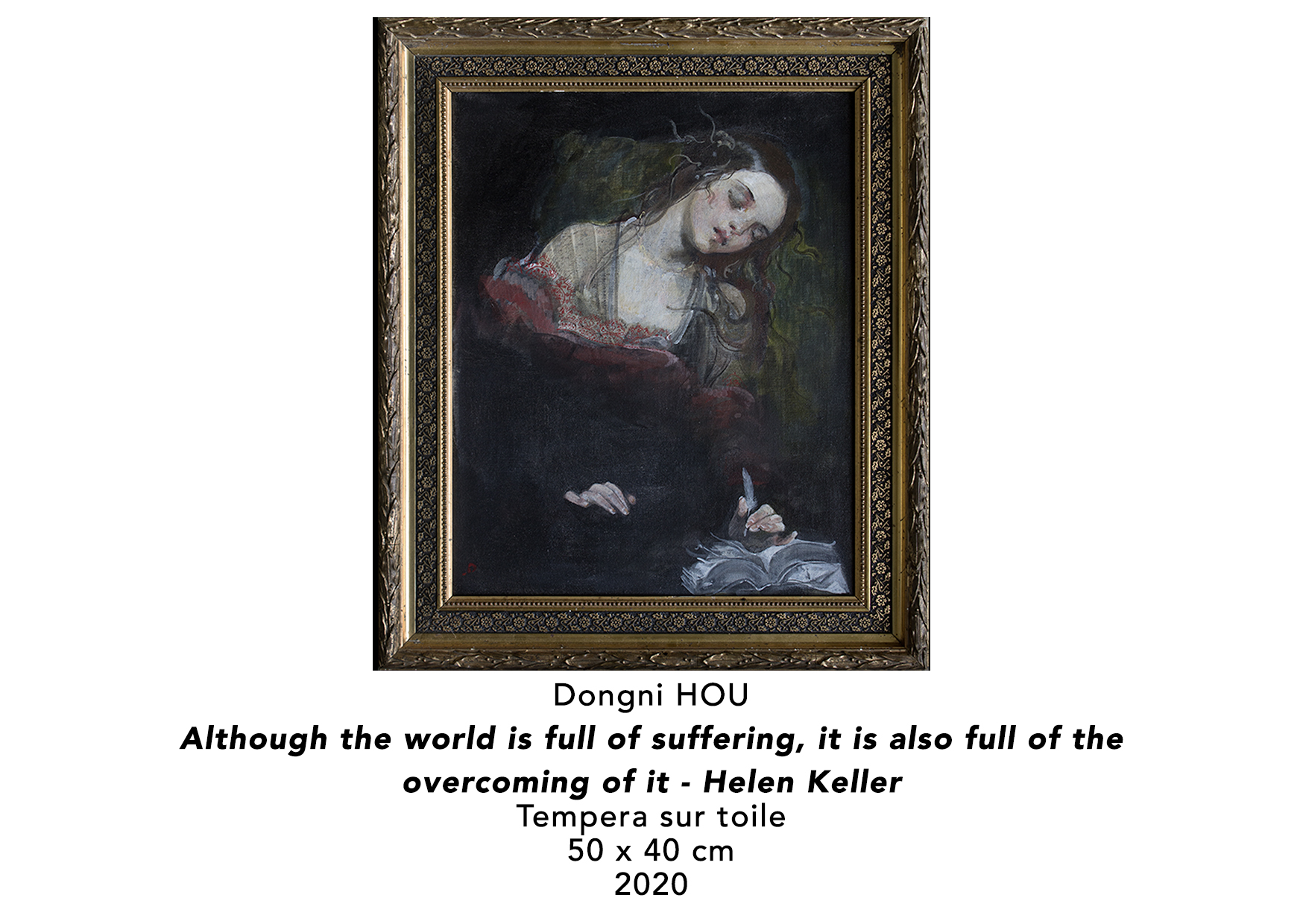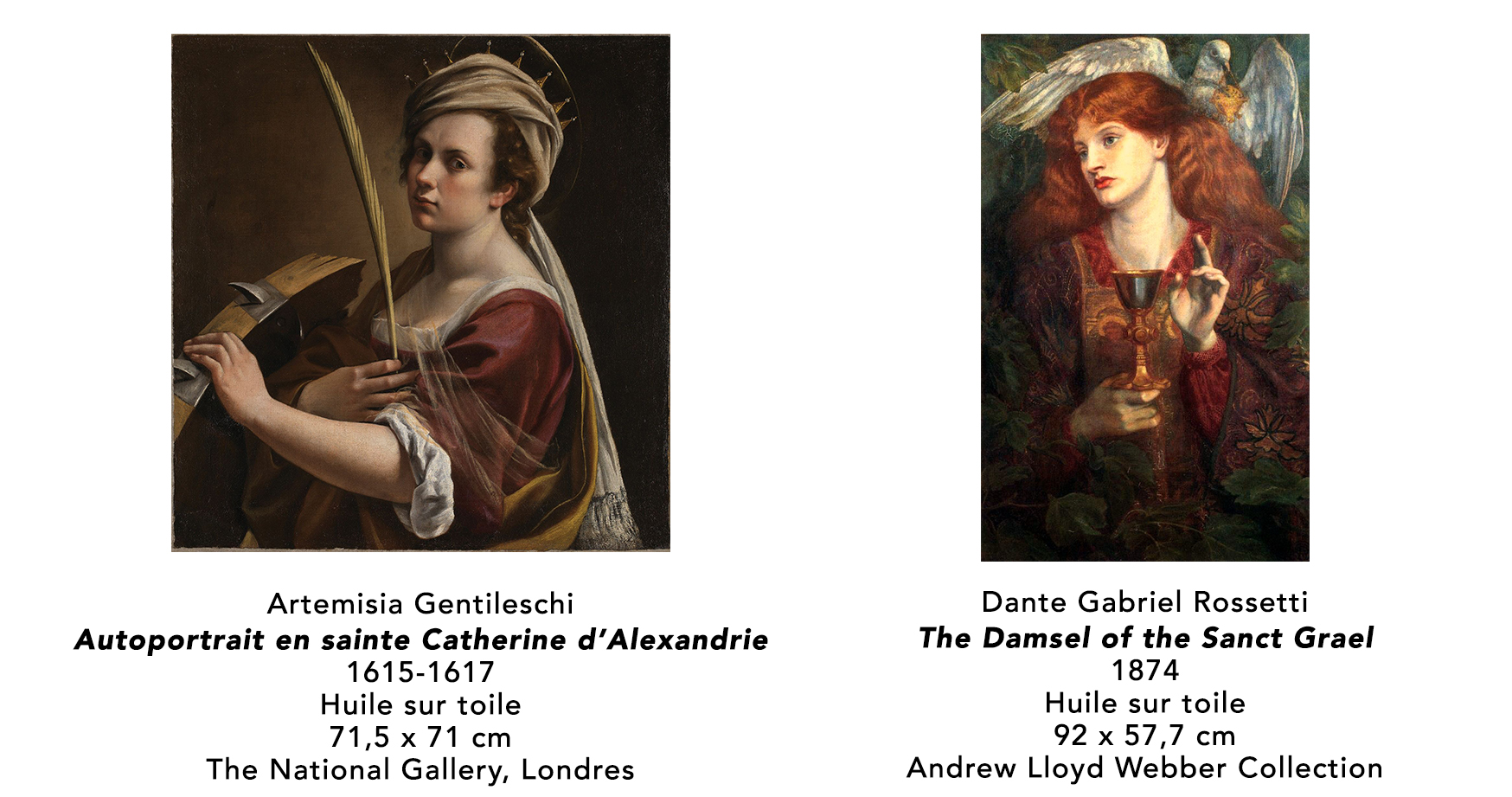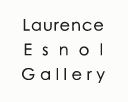Commentaire d’œuvre 3 > Although the world is full of suffering, it is also full of the overcoming of it, Dongni HOU


La technique de la tempera est systématiquement utilisée par Dongni Hou.
Sur des panneaux de bois ou, comme pour cette œuvre, sur des toiles, l’artiste esquisse les traits du personnage à venir puis peint directement sur son support. La tempera, connue depuis l’Egypte antique, utilisée par les peintres d’icônes byzantines et durant tout le Moyen-âge, ainsi que le début de la Renaissance, est une technique à l’eau utilisant l’œuf pour lier les pigments.
De cette technique ancienne et authentique correspondant au tempérament de l’artiste, expressive et au séchage rapide, naît ici une figure de femme, excessivement et gracieusement penchée sur sa gauche, portant sa plume auprès d’un livre ouvert et débordant. Sa tenue, rouge et blanche, légère et lourde à la fois, semble répondre à ses cheveux flottant et ondulants. Des tentacules blonds moussent dans cet air sombre et accompagnent l’inspiration de la jeune femme, dont le livre, tempétueux, contraste avec la grâce et le calme des mains fines et translucides.
Dongni Hou donne naissance à des femmes qui sont les propres protagonistes de ces toiles, et non de simples fantômes symboliques des vertus qu’elles représentent. Elles sont héroïnes oniriques, parfois tragiques, toujours grandes. La femme de ce tableau a des accents préraphaélites et porte en elle le geste sûr des portraits d’Artemisia Gentileschi.
C’est dans cette lignée que s’inscrit la jeune peintre de 34 ans.
Tempera painting is consistently used by Dongni Hou.
On wood panels or, as with this work, on canvas, the artist sketches the lines of the character to come and then paints directly on her support. Tempera, known from ancient Egypt, used by Byzantine icon painters and throughout the Middle Ages, as well as the early Renaissance, is a water-based technique using the egg to bind pigments.
From this ancient and authentic technique corresponding to the artist’s temperament, expressive and quick-drying, a female figure is borning here, excessively and gracefully leaning to her left, carrying her quill near an open and overflowing book. Her outfit, red and white, light and heavy at the same time, seems to answert to her flowing and wavy hair. Blond tentacles foam in this dark air and accompany the inspiration of the young woman, whose stormy book contrasts with the grace and calm of thin, translucent hands.
Dongni Hou gives birth to women who are the very protagonists of these paintings, and not mere symbolic ghosts of the virtues they represent. They are dreamlike heroines, sometimes tragic, always great. The woman in this painting has Pre-Raphaelite accents and carries within her the sure gesture of the portraits of Artemisia Gentileschi.
It is in this line that the young painter of 34 years fits.
